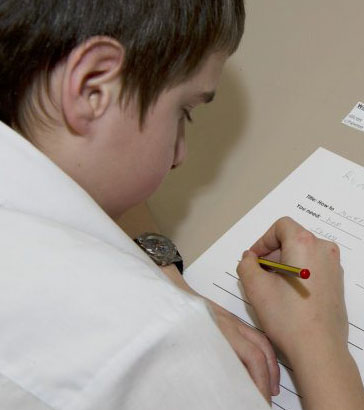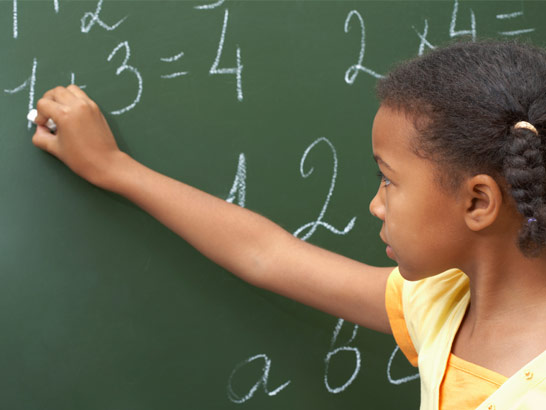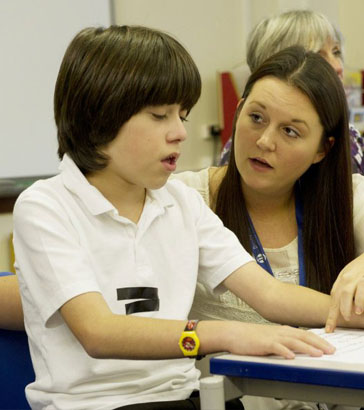
It is estimated that 3-6% of the population have dyscalculia.
In children with dyscalculia, numeracy fails to develop despite excellent teaching and rich environmental input.
Children with dyscalculia, have difficulty understanding even very simple mathematical problems at school and in everyday contexts.

Research, suggests that dyscalculia is a congenital condition, caused by the abnormal functioning of a specific area of the brain. (Butterworth 1999)
Children with dyscalculia sometimes also have dyslexia, although it is not known why these two conditions sometimes occur together.

Education strategies for children with dyslexia can be informed by psychological and neuroscientific studies of number processing. These indicate that the following strategies might be helpful:
- Patient, slow repetition of the basic mathematical building blocks, which are often taken for granted, and
- Teaching mathematical rules.
Consider a child with dyscalculia in your class and build up a case study about this child taking account of the information in this package.
Consider:
- The nature of the child's dyscalculia and how this manifests itself
- Associated difficulties
- The range of professionals that work with the child and what they do, and
- The range therapies and interventions used with the child.
Consider also:
- The child's strengths, and
- The barriers to learning and participation that the child faces
What is done to remove barriers to learning and participation for that child – in your class and across the school? Identify personalised adjustments as well as more general adjustments that benefit the child you are focusing on and other children.
What could be improved in your own practice to remove barriers for the child? Identify one thing that you could change.
Change it and evaluate the impact on the child's participation and/or learning.

Blakemore, S. and Frith, U. (2005), The Learning Brain: lessons for education, Blackwell Publishing
Butterworth, B. (1999) The Mathematical Brain, London, Macmillan
Emerson, J., Babtie, P. and Butterworth, B. (2010) The Dyscalculia Assessment, Continuum Publishing Corporation
Dehaene, S. (1998) The Number Sense: How the Mind Creates Mathematics, London, Penguin.
Nunes, T. & Bryant, P. (1997) Learning and Teaching Mathematics: An International Perspective, Hove: Psychology Press.
Gelman, Rochel and Gallistel (1978) The Child's Understanding of Number, Cambridge MA, Harvard Press.